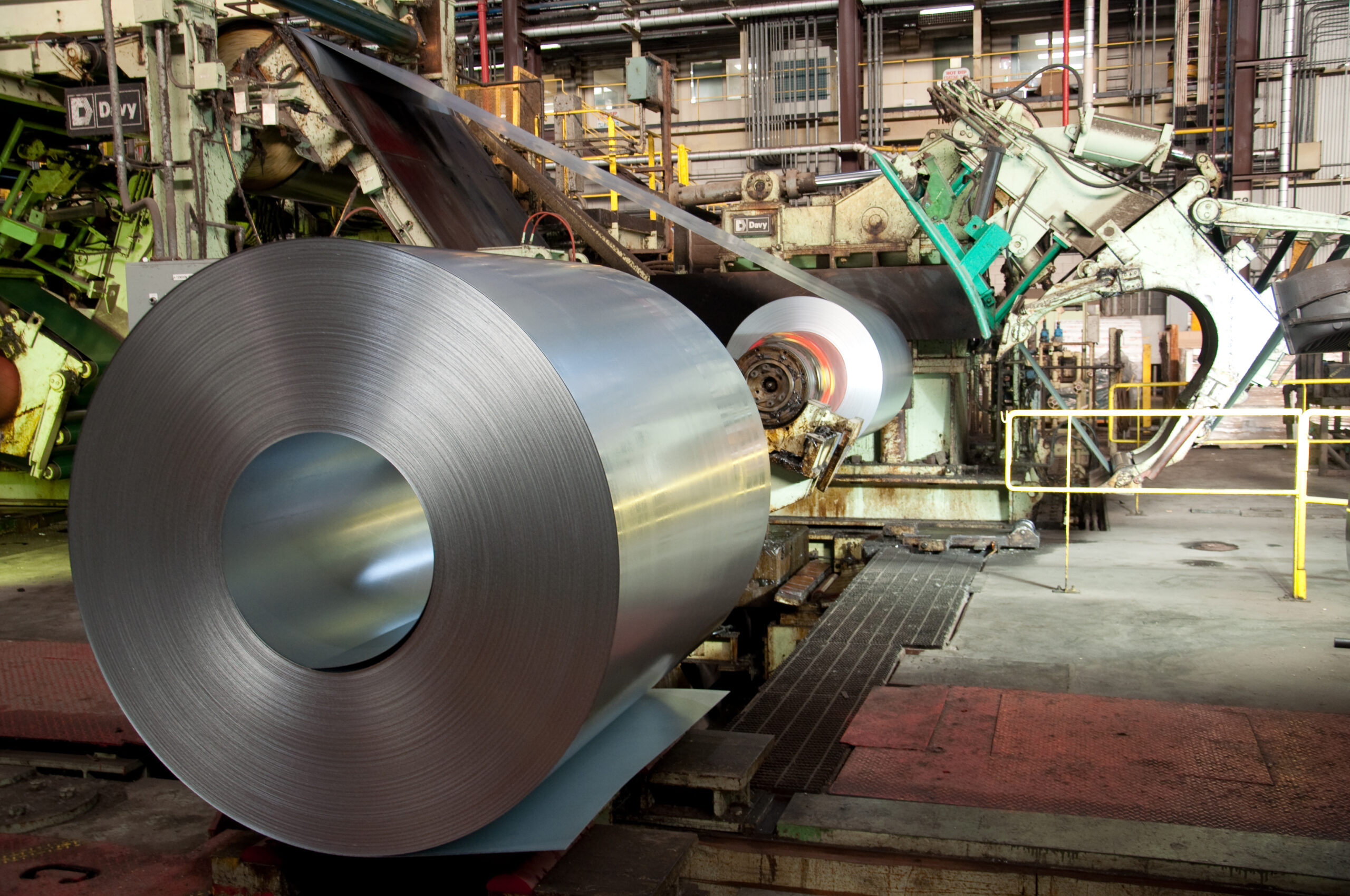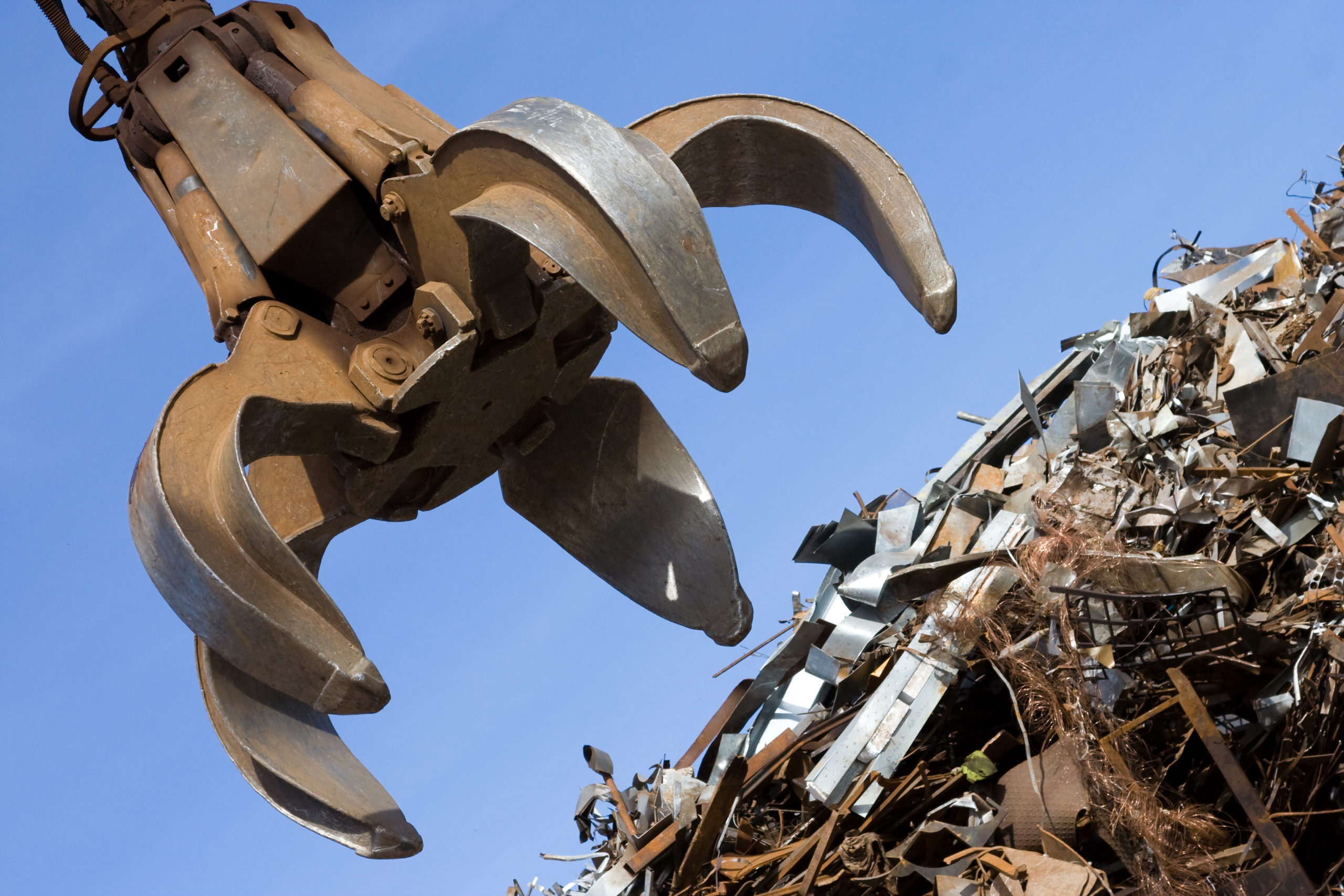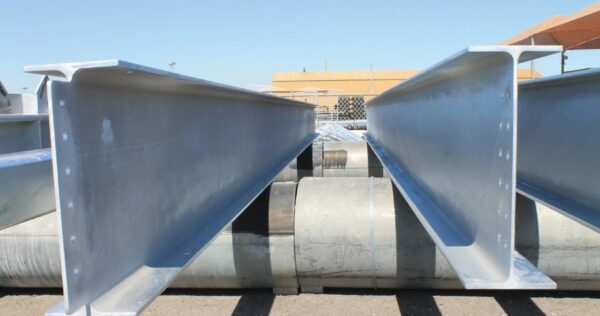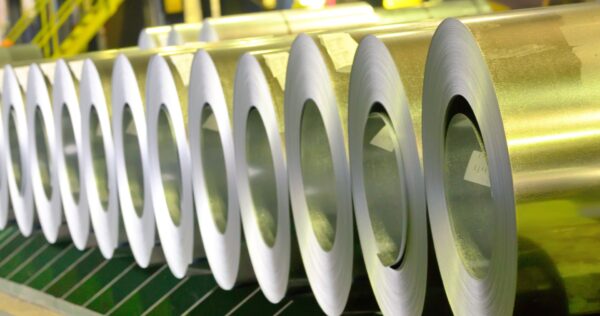
Sustainability of the American Steel Industry
Information provided by the American Iron and Steel Institute
Steel’s attributes, including its inherent durability and recyclability, make it vital to modern society. The American steel industry is committed to manufacturing innovative products and implementing processes that achieve environmental, social and economic sustainability. The American steel industry is the cleanest and most energy-efficient of the seven largest steel producing countries in the world.
Learn more about the American steel industry and its sustainability by downloading the document, Sustainability of the American Steel Industry.
AISI CEO Discusses the Sustainability of the American Steel Industry
In the following video, Kevin Dempsey, president and CEO of the American Iron and Steel Institute, discusses the sustainability of the American steel industry.
Sustainable Steel Facts
Recycling
- Steel is the most recycled material on the planet.
- Steel products are 100 percent recyclable at the end of their useful lives.
- Once produced, steel can be continually recycled into new steel products—a steel beam can become another steel beam, or a food can, refrigerator, or roof panel.
- Most structural steel produced in North America contains 90 percent or more recycled steel.
- Steel framing typically contains a minimum of 25 percent recycled steel and is continually recyclable.
- All steel contains recycled content ranging up to 100 percent for some products.
- Steel’s inherent durability and recyclability make it an ideal fit for the circular economy. Once produced, steel becomes a permanent resource that can be continuously recycled into new steel.
- In the U.S. alone, there are typically 60 to 80 million tons of steel scrap recycled per year into new steel products.
- In the past 30 years, more than one billion tons of steel scrap have been recycled into new steel by the American steel industry.
- The U.S. recycles enough steel scrap to build 25 Eiffel Towers every day of the year, and annually recycles enough steel scrap to build more than 650 Golden Gate Bridges.
- With today’s sorting and separating technology, millions of tons of iron and steel are diverted from landfills to recycling and beneficial reuse.
- Nearly 100 percent of the steel industry’s co-products can be used beneficially in other applications. Slag is used in cement, road construction, fertilizers, and hydraulic engineering. Process gases are used to produce heat and/or electricity. Metal oxides, such as iron oxides, nickel and zinc, can be recovered from steelmaking dust.
Steelmaking
- The American steel industry is the cleanest and most energy-efficient of the leading steel industries in the world. Of the seven largest steel-producing countries, the U.S. has the lowest CO2 emissions per ton of steel produced and the lowest energy-intensity.
- The U.S. produces a higher percentage of its steel from electric arc furnaces (EAFs) than most other regions, resulting in lower process emissions of CO2 from steelmaking. Seventy percent of American steel is produced from EAF technology.
- Integrated steel mills in the United States are almost entirely fed by domestically sourced iron ore pellets vs. sintered ore used in China and elsewhere. This results in lower emissions of CO2, as well as NOx, SO2 and particulate matter.
- Steel that is produced by blast furnace and basic oxygen furnace (BF/BOF) technology in the U.S. has the lowest CO2 intensity of steel produced via BF/BOF in the seven largest steel-producing countries.
- The American steel industry uses a much higher percentage of low-emitting natural gas in its mills than most other countries.
- A recent study demonstrated that greenhouse gas (GHG) emissions resulting from Chinese production of hot-rolled structural sections were three times greater than the production of the same structural sections in the U.S.
- A recent study demonstrated that the GHG emissions per ton of hot-dip galvanized (HDG) coil produced in China were nearly 50 percent higher than the emissions from the same HDG coil produced in the U.S.
Innovation
- Work is underway on additional projects to further enhance the sustainability of American steel industry operations, including increased use of renewable energy in steel production, and advancements in domestic production using direct reduced iron (DRI) and hot briquetted iron (HBI) in both integrated and EAF steelmaking. HBI and DRI use natural gas as a reductant which will further increase blast furnace and electric arc furnace productivity and reduce CO2 emissions.
- Steel producers in the U.S. have announced projects that employ renewable energy to supply all or most of a facility’s energy requirements, and additional research is underway to assess the use of carbon capture technology in the steelmaking process.
- Industry innovations will continue to decrease the CO2 intensity of steel produced in the U.S.
For more information, visit the American Iron and Steel Institute’s website.
Does steel provide a sustainable option for bridges?

Steel is the most recycled material on the planet. Some of the sustainable advantages of steel include:
- Steel from a disassembled bridge can be used again for another project.
- Steel bridges can last 100 years or more, with minimal maintenance over their long service lives.
- The high strength of steel permits longer spans, which minimizes disruption to underlying habitats.
- Steel is highly resistant to extreme natural disasters such as earthquakes.
- The American steel industry has achieved a 31 percent reduction in energy intensity and a 36 percent reduction in greenhouse gas intensity since 1990.
 News
News
“Crafting a Coat” – Modern Steel Construction
Zinc Coating Life Predictor (ZCLP), was recently refined and made available by the American Galvanizers Association.
 Sustainability
Sustainability
American Manufacturers Are Among the Cleanest in the World. Let’s prove it.
The American steel industry has made significant investments in cleaner and more sustainable production processes. But unless companies overseas do the same, American manufacturing’s commitment to sustainability will put us at a disadvantage.
 Events
Events
January 30: Free Webinar – Sustainable Development & Hot-Dip Galvanizing
The American Galvanizers Association invites you to attend a 1-hour webinar sustainable development and hot-dip galvanizing.
 Short Span Steel Bridges
Short Span Steel Bridges